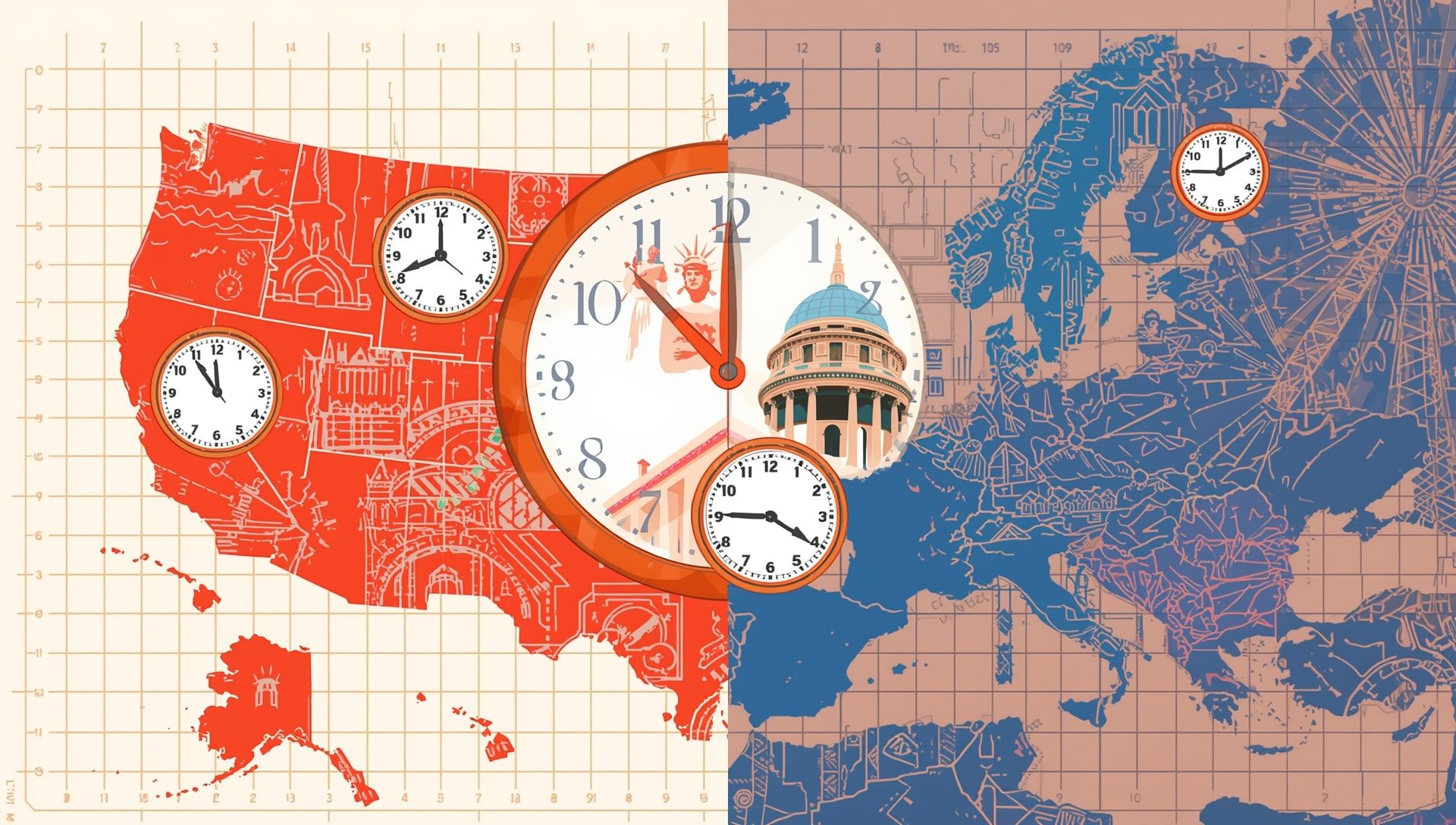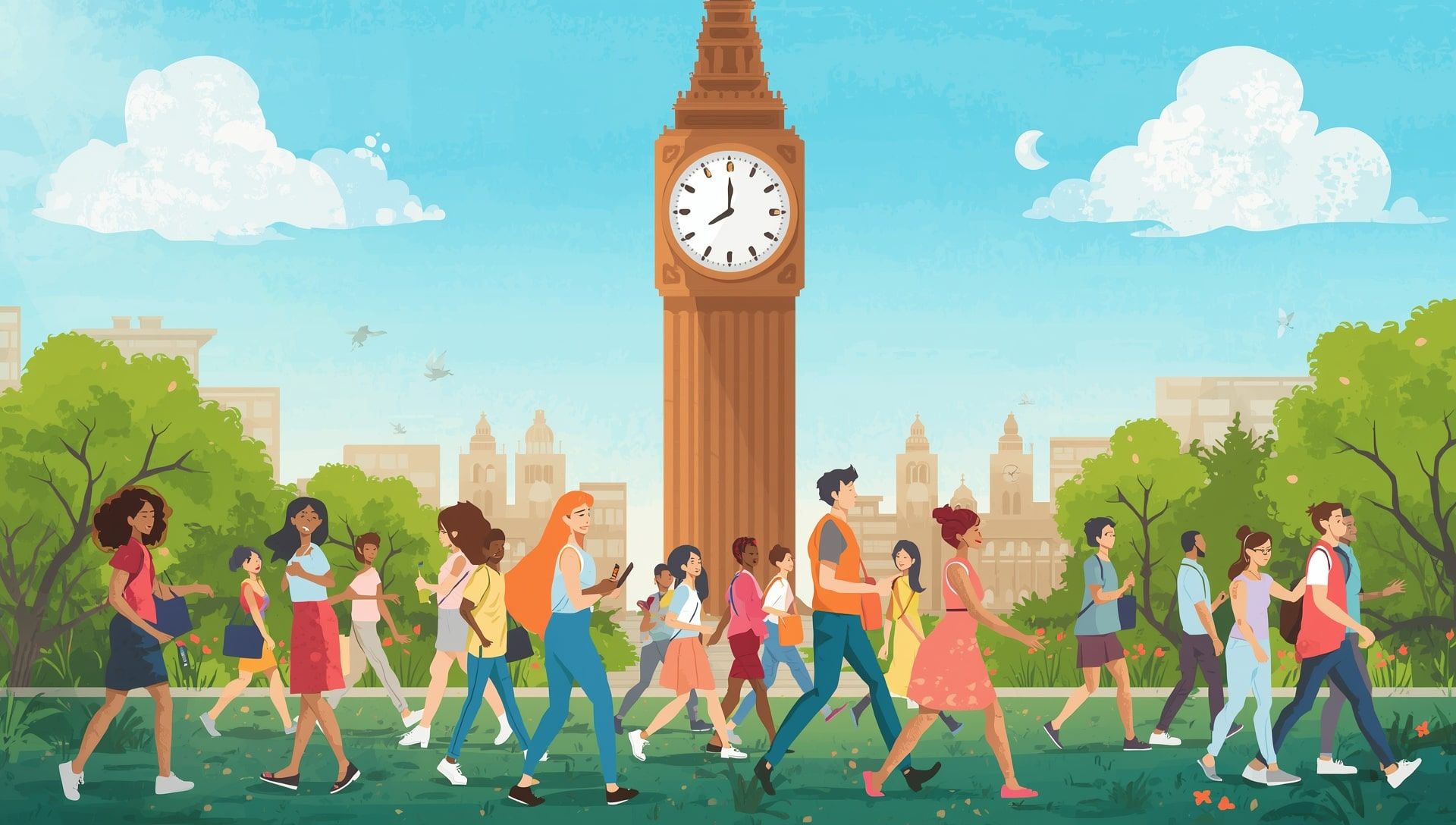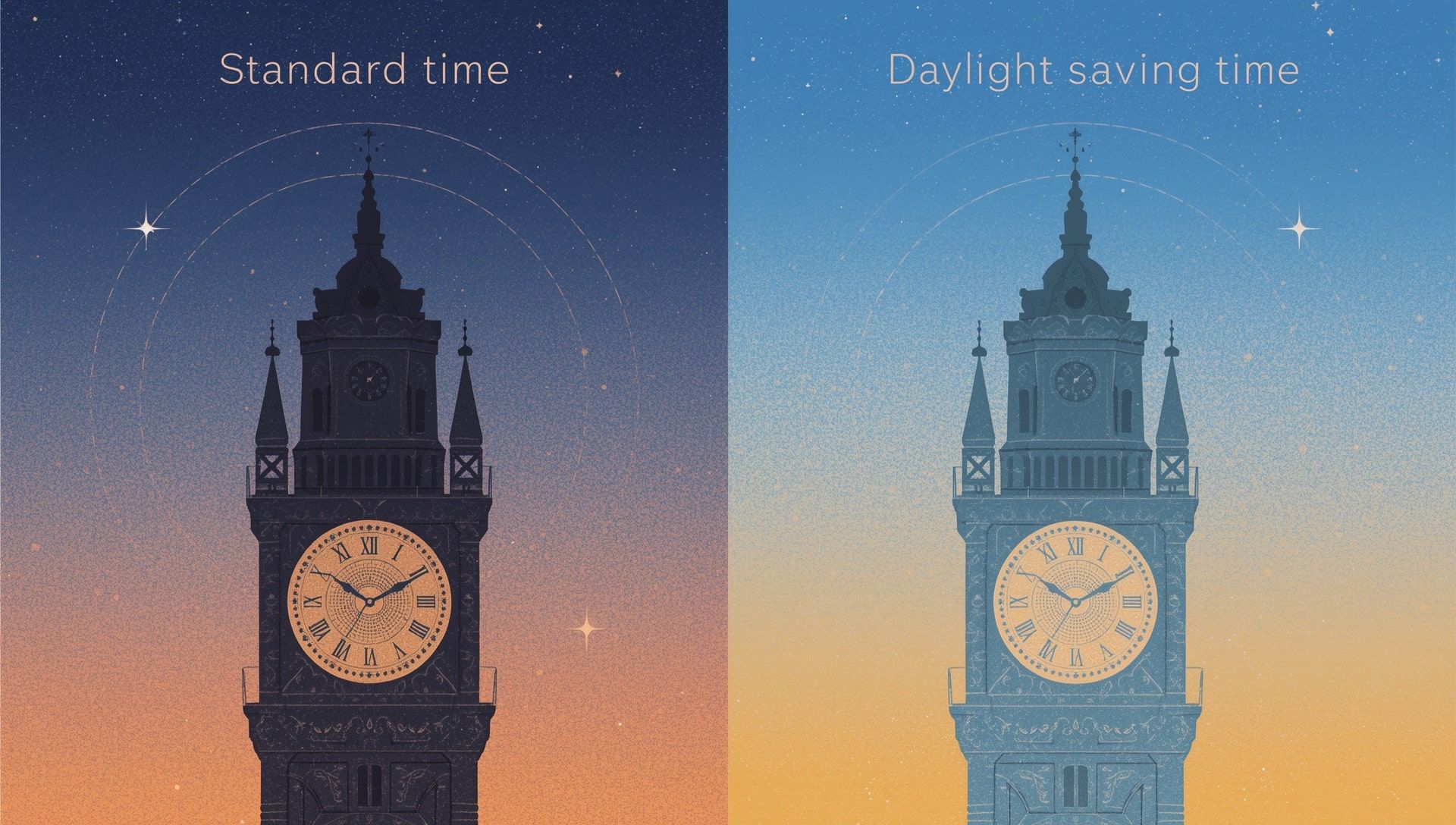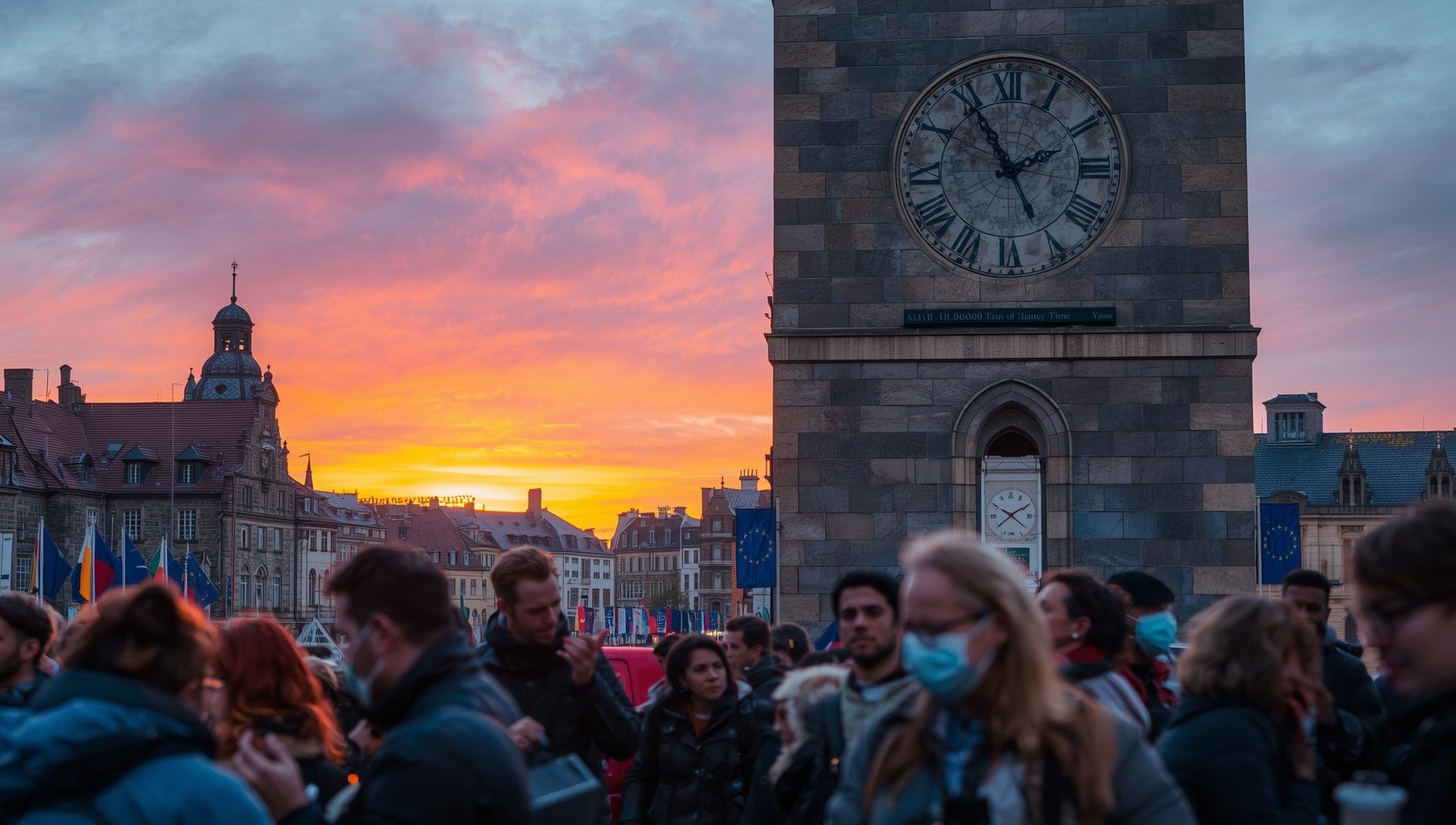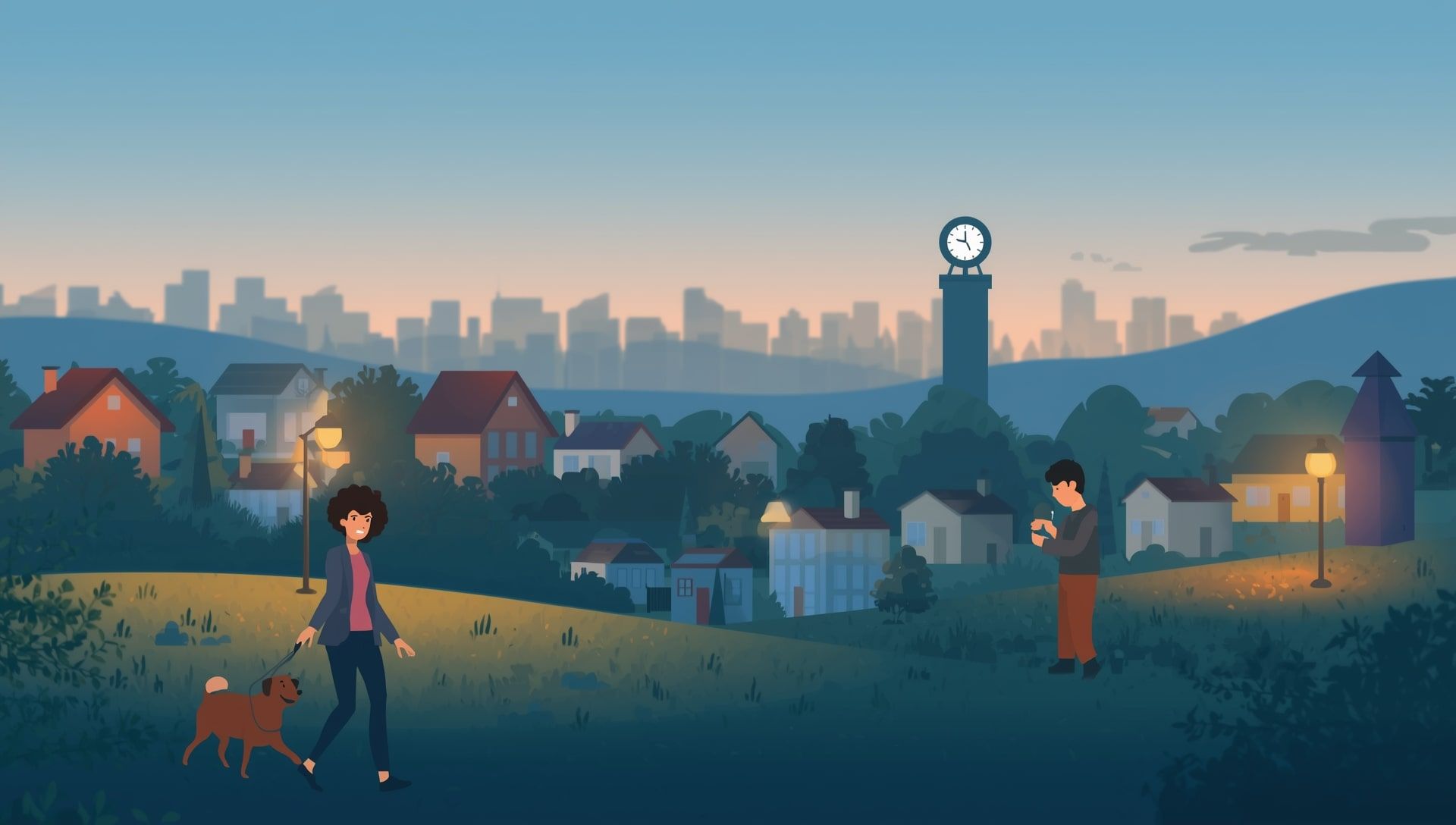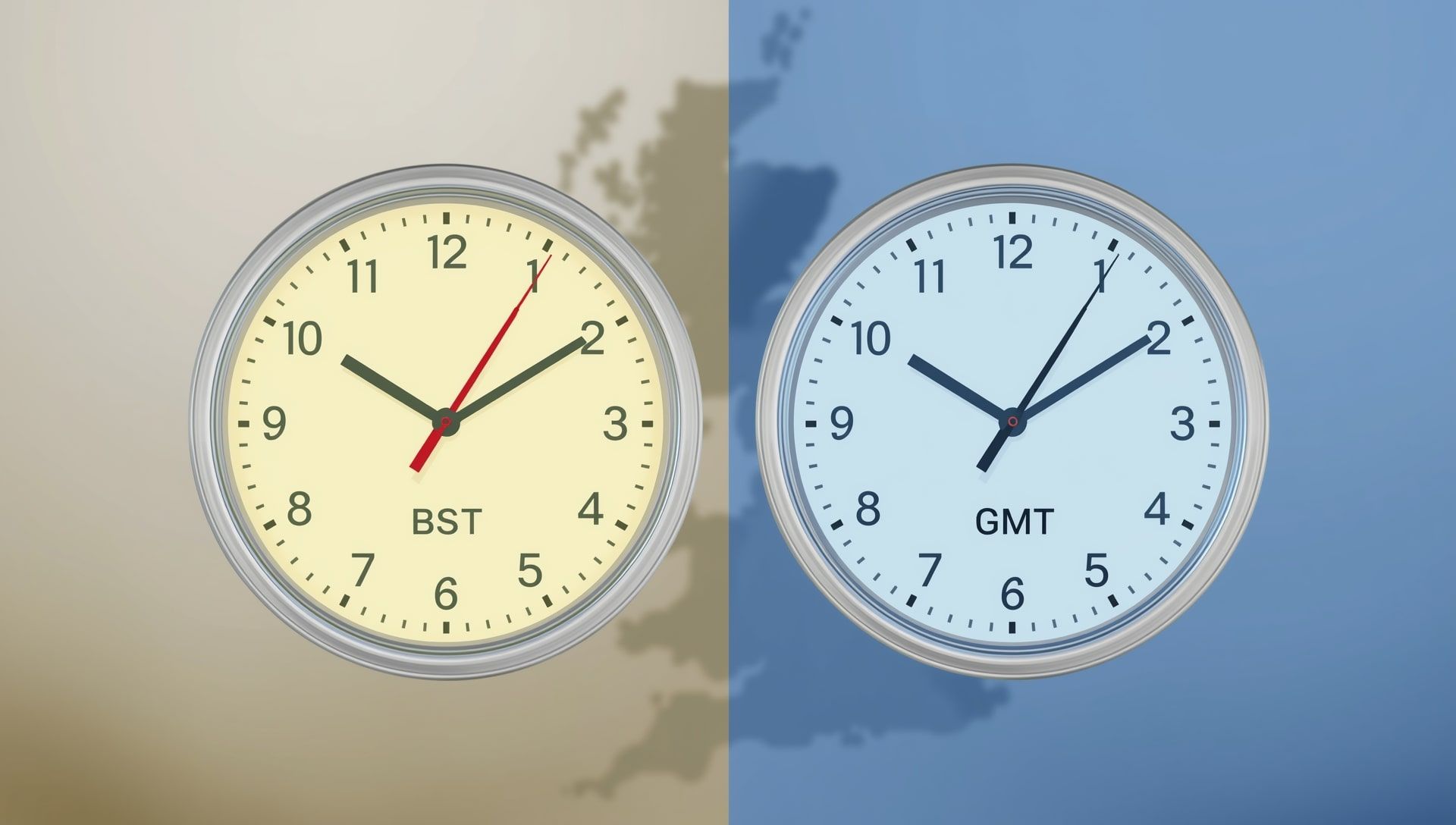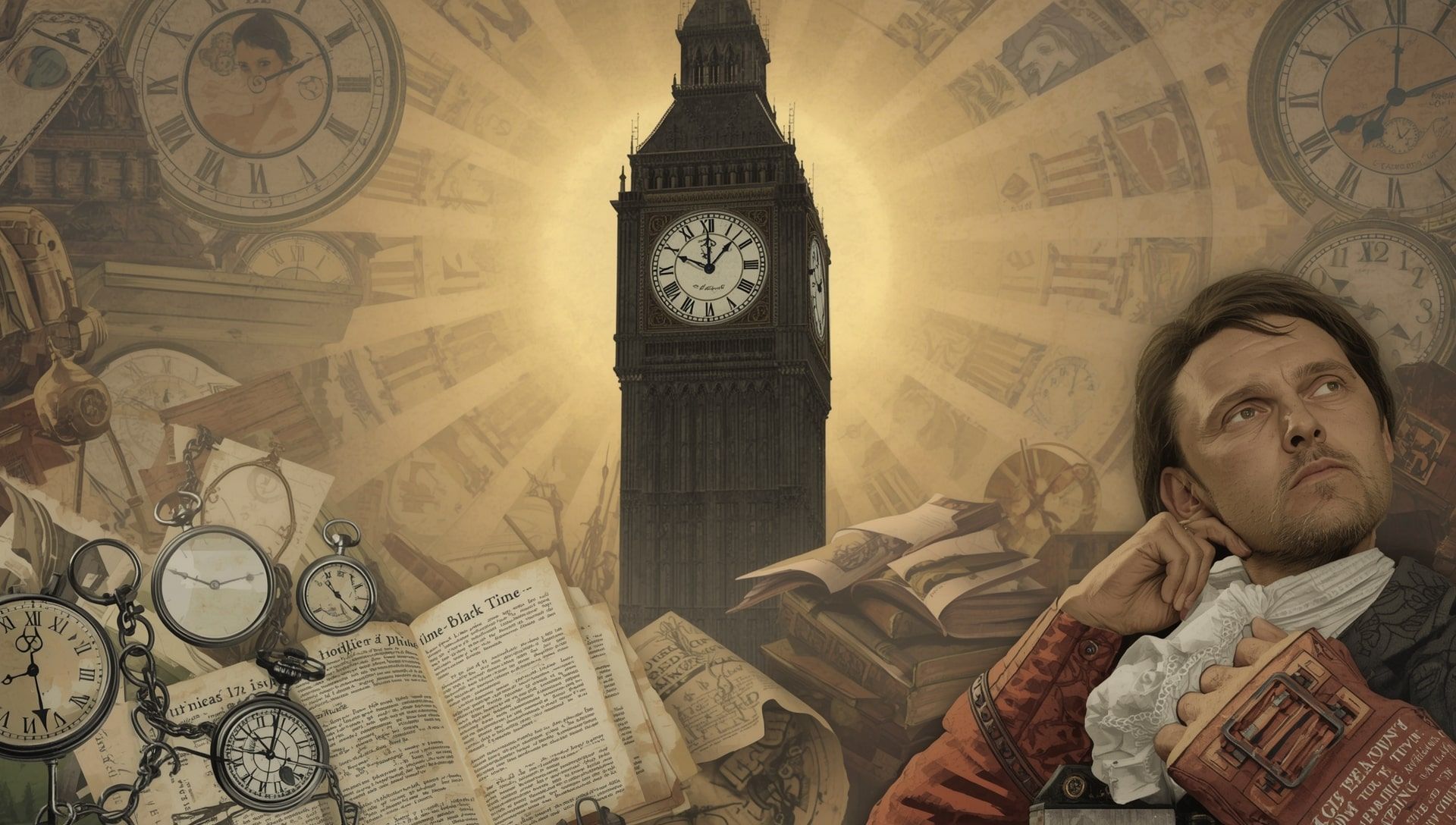Every spring and fall, millions of people in the United States and across Europe reach for their clocks, adjusting them by one hour to mark the beginning or end of Daylight Saving Time (DST). This small act carries a surprisingly big impact on daily life, affecting everything from energy use and travel schedules to sleep and mood. While the practice is more than a century old, it continues to evolve and spark debate around the world. Let’s look in depth at how DST will unfold between 2025 and 2030 and why it still matters today.
How Daylight Saving Time Became a Tradition
The concept of adjusting clocks to better match daylight hours dates back to the early 20th century. It was originally proposed as a way to conserve energy during wartime and to make better use of natural light. Over time, the practice became a seasonal ritual for many countries, especially those far from the equator where daylight changes significantly throughout the year.
Although energy efficiency was the original goal, modern supporters of DST also highlight its social and economic effects. Longer evenings mean more time outdoors, greater consumer spending, and increased public activity during warm months. For many, it’s less about saving electricity and more about enjoying life in the light, something that modern world clocks and global systems track across time zones.
The Rules Behind the Clock Changes
DST operates on a predictable rhythm. Both the United States and Europe have standardized their transition dates to minimize confusion and coordinate across time zones.
- United States: Starts on the second Sunday in March and ends on the first Sunday in November.
- Europe: Starts on the last Sunday in March and ends on the last Sunday in October.
- Change Time: Adjustments occur during the early morning hours, typically 1:00 a.m. or 2:00 a.m. local time, when travel and business are minimal.
- Non-Participants: Hawaii and most of Arizona in the U.S., and countries like Iceland, Russia, and Turkey in Europe, do not observe DST at all.
These shifts are made to reduce disruption to daily life while ensuring synchronization across regions. Automatic devices like smartphones and computers handle the change seamlessly, but traditional clocks, appliances, and older cars still require manual adjustments.
United States DST Schedule (2025-2030)
The U.S. follows a consistent pattern that keeps it in line with most of North America. Here’s what the next several years will look like for American residents.
| Year | Start (Spring Forward) | End (Fall Back) | Notes |
|---|---|---|---|
| 2025 | March 9, 2025 at 2:00 a.m. | November 2, 2025 at 2:00 a.m. | Standard DST pattern |
| 2026 | March 8, 2026 at 2:00 a.m. | November 1, 2026 at 2:00 a.m. | Second Sunday in March start |
| 2027 | March 14, 2027 at 2:00 a.m. | November 7, 2027 at 2:00 a.m. | Follows national time law |
| 2028 | March 12, 2028 at 2:00 a.m. | November 5, 2028 at 2:00 a.m. | Consistent across regions |
| 2029 | March 11, 2029 at 2:00 a.m. | November 4, 2029 at 2:00 a.m. | Clocks shift an hour earlier |
| 2030 | March 10, 2030 at 2:00 a.m. | November 3, 2030 at 2:00 a.m. | Applies to entire country except Hawaii and Arizona |
European DST Schedule (2025-2030)
Europe uses Coordinated Universal Time (UTC) as a reference point for its DST transitions. The system affects each region differently. For example, when clocks change at 1:00 a.m. UTC, it’s 2:00 a.m. in most of Western Europe and 3:00 a.m. in the East. This synchronization helps airlines, railways, and international businesses maintain order across borders, aided by the global time zone map.
| Year | Start (Spring Forward) | End (Fall Back) | Notes |
|---|---|---|---|
| 2025 | March 30, 2025 at 01:00 UTC | October 26, 2025 at 01:00 UTC | Last Sunday in March and October |
| 2026 | March 29, 2026 at 01:00 UTC | October 25, 2026 at 01:00 UTC | Standard European pattern |
| 2027 | March 28, 2027 at 01:00 UTC | October 31, 2027 at 01:00 UTC | Sunday changeover across EU |
| 2028 | March 26, 2028 at 01:00 UTC | October 29, 2028 at 01:00 UTC | Aligns with historical schedule |
| 2029 | March 25, 2029 at 01:00 UTC | October 28, 2029 at 01:00 UTC | Continued uniformity |
| 2030 | March 31, 2030 at 01:00 UTC | October 27, 2030 at 01:00 UTC | Predicted continuation of rule |
Why the Time Change Happens at Night
You might wonder why clocks change at such an odd hour, 2:00 a.m. in the United States and 1:00 a.m. UTC in Europe. The timing was chosen to cause the least possible disruption. Few people are awake, public transportation runs less frequently, and computer systems can handle the switch with minimal interference. It is also easier for businesses to record the change consistently across IANA time zones.
Impact on Sleep, Work, and Health
Changing the clock by one hour may not seem like a big deal, but research shows it can affect your internal rhythm. In the spring, when people lose an hour, the body’s natural sleep cycle struggles to adjust, leading to fatigue, slower reaction times, and a temporary rise in workplace and road accidents. The fall change is less stressful physically, but it can still disrupt sleep patterns and affect mood as daylight shortens.
Health experts suggest gradually adjusting your bedtime a few days before the clock change. This small step helps your body adapt to the new schedule without feeling drained. Maintaining regular wake-up and sleep times afterward also helps your internal clock reset smoothly.
Economic and Social Considerations
Beyond personal effects, DST influences business and culture. Extended daylight in the evenings can boost the economy, particularly for retail, dining, and entertainment sectors. People are more likely to shop, dine out, or attend events when it’s bright outside.
However, sectors like farming and transportation face challenges. Livestock don’t follow human schedules, and tight international logistics depend on precise timing. Airlines, railways, and financial institutions invest heavily in systems that automatically adjust to time conversions to prevent costly errors.
Why Some Countries Have Opted Out
While DST was once seen as a symbol of progress, not every region finds it useful. Countries close to the equator experience nearly equal day and night all year, making time changes unnecessary. In recent decades, nations such as Russia and Turkey have ended the practice entirely, citing health, safety, and logistical reasons.
- Russia: Ended DST in 2014 and now stays on standard time year-round.
- Turkey: Adopted permanent daylight time in 2016 to maximize evening light.
- Iceland: Operates on UTC all year without any clock changes.
Will DST End in the Future?
The future of DST remains uncertain. In 2019, the European Parliament voted to allow member states to end seasonal time changes, but implementation stalled due to lack of agreement among countries. Similarly, in the U.S., several states have pushed to make DST permanent, yet federal law still mandates the biannual switch, though proposals like the Sunshine Protection Act keep the debate alive.
Practical Tips to Prepare for Clock Changes
DST transitions do not have to catch you off guard. Here are a few ways to make the process easier:
- Update analog clocks the night before to avoid confusion in the morning.
- Adjust your sleep schedule gradually by 10 to 15 minutes each day before the change.
- Plan appointments carefully during the first week after the shift, when confusion is common.
- Check your travel bookings, especially flights, since schedules are based on local times.
- Spend time outdoors during daylight hours to help your body adjust naturally.
Time and Light: Our Ongoing Connection
Despite all the debates, DST remains a fascinating reflection of how humans interact with nature. It is a reminder that time is not fixed, it is a tool we manipulate to suit our environment and lifestyle. For those who enjoy longer evenings in the sun, DST offers a welcome change. For others, it is an unnecessary disruption.
Whatever your perspective, one thing is certain: for the next several years, both the United States and Europe will continue adjusting the clock, marking the passage of seasons with a subtle but powerful reminder of our ongoing dance with daylight.
Whether you view it as an outdated ritual or a practical seasonal adjustment, the next time your phone flashes that familiar reminder, take a moment to appreciate what it represents, our timeless attempt to live in rhythm with the sun.
